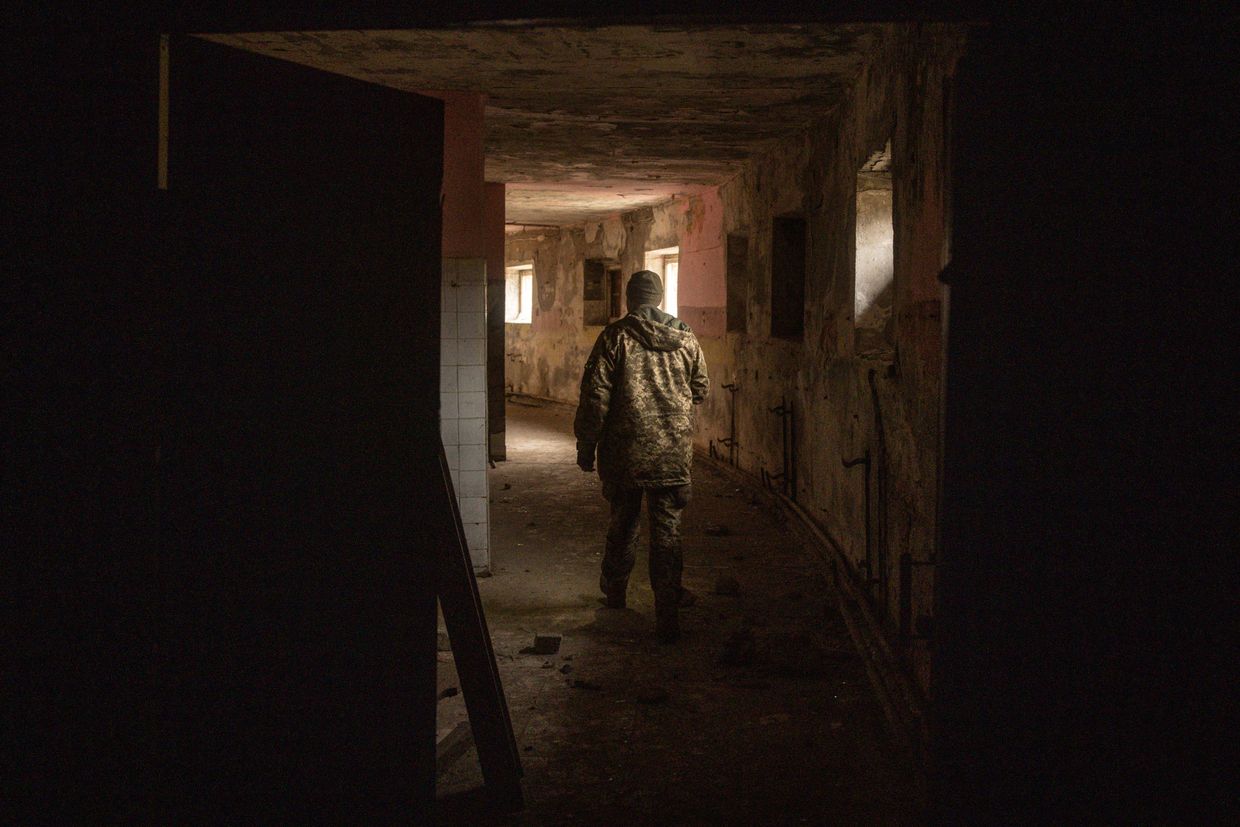"Think of the hundreds of thousands of lives that will be saved as this never ending 'bloodbath' hopefully comes to an end... I will continue to work with both sides to make sure that it happens."
"An unconditional ceasefire is not preceded by negotiations," French President Emmanuel Macron told reporters on May 11.
U.S. State Department Spokesperson Tammy Bruce called for "concrete proposals from both sides" in order for Washington to "move forward" in peace negotiations.
"If they speak to each other in Russian, he doesn't know what they are saying," one Western official told NBC News. Michael McFaul, former U.S. ambassador to Russia, called Witkoff's approach "a very bad idea."
Tougher sanctions "should be applied to (Russia's) banking and energy sectors, targeting fossil fuels, oil, and the shadow fleet," the leaders of Ukraine, the U.K., France, Germany, and Poland said in a joint statement.
"Russia is ready for negotiations without any preconditions," Putin claimed in an address marking the end of the three-day Victory Day ceasefire. He invited Ukraine to begin talks in Istanbul on May 15.
The American-made weapons cannot be exported, even by a country that owns them, without approval from the U.S. government.
While serving as a bishop in Peru, Robert Prevost, now Pope Leo XIV, called the full-scale war "a true invasion, imperialist in nature, where Russia seeks to conquer territory for reasons of power."
Speaking to CNN on May 10, Peskov commented on the latest ceasefire proposal from Ukraine and Europe, responding that Russia needs to "think about" it, but is "resistant" to pressure.
Speaking at a press conference in Kyiv on May 10, President Volodymyr Zelensky rebuked the idea of a demilitarized zone in the war and emphasized the importance of first securing a ceasefire.
"We agreed that a full and unconditional ceasefire must begin on Monday, May 12, for at least 30 days. We jointly demand this from Russia, and we know we are supported in this by the United States," Zelensky said.
The announcement follows mounting fears that the two nuclear-armed countries were on the brink of engaging in another full-scale war.
Ukrainian media outlet ZN.UA reported on May 10 that their law enforcement sources confirmed an ongoing probe by the National Anti-Corruption Bureau into suspected embezzlement, money laundering and bribery.
US intelligence: 'Realistic possibility' that Ukraine can break through remaining Russian lines in 2023
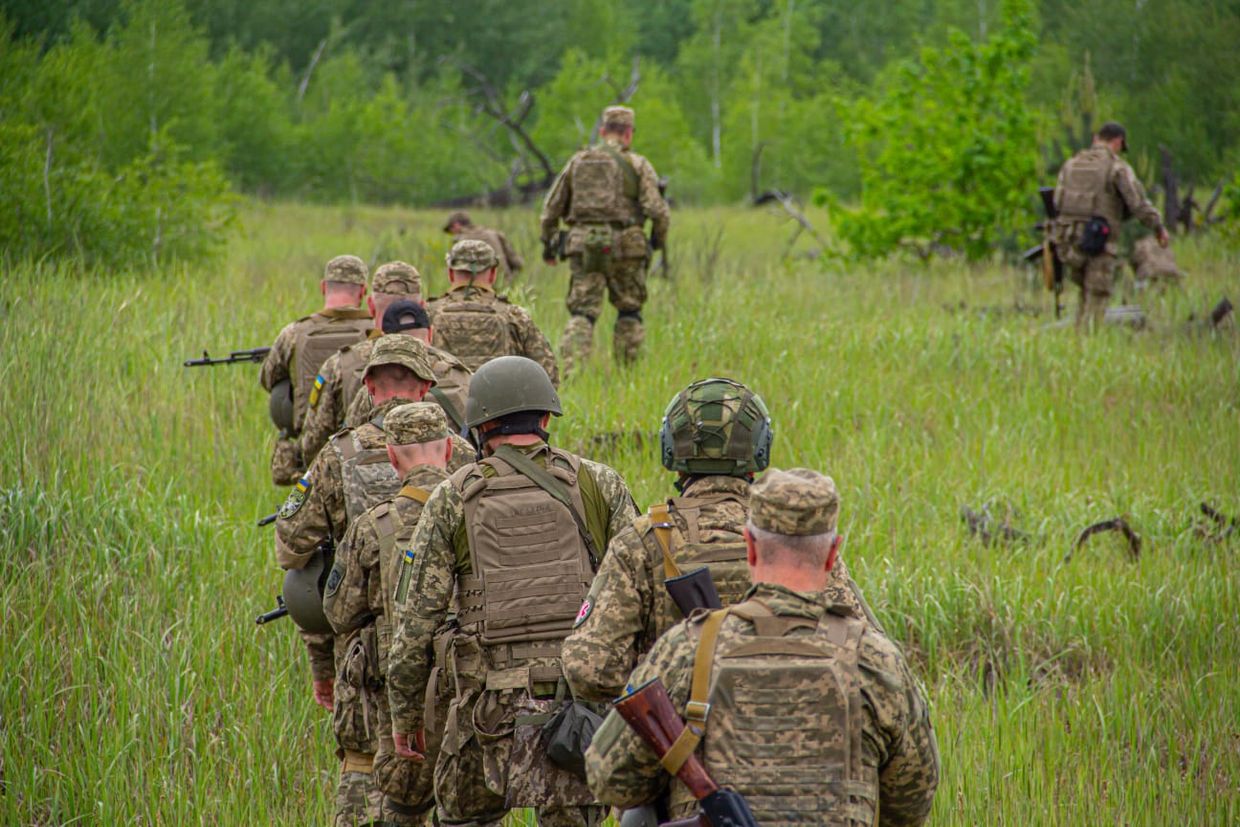
There is a "realistic possibility" that Ukrainian forces can break through the remaining Russian defensive lines on the southern front by the end of 2023, Trent Maul, the director of analysis of the U.S.' Defense Intelligence Agency (DIA), said in an interview with The Economist on Sept. 6.
Ukraine's forces pierced through the first of three Russian defensive lines near the village of Robotyne and are attacking the second line, with notable success, the official of the Pentagon's intelligence agency said.
"Had we had this conversation two weeks ago, I would have been slightly more pessimistic," Maul told The Economist.
"Their (Ukraine's) breakthrough on that second defensive belt…is actually pretty considerable."
However, the future progress will depend on Ukraine's supply of artillery and on the weather conditions during the fall, he added.
Ukrainian General Oleksandr Tarnavsky told the Guardian that Russian forces devoted 80% of their time and resources to building the first and second defensive lines on the southern front. Maul nevertheless warned that the bulk of Russian forces remained at the third line.
According to an unnamed U.S. official cited by The Economist, Ukraine has around six to seven weeks of combat left before its counteroffensive culminates. Disagreements on Kyiv's chances continue in Washington, with some predicting that the campaign will be hampered by the heavy casualties Ukrainian forces have sustained, the outlet reported.
Maul however reminded that Russian General Sergei Surovikin, who oversaw the construction of the defensive lines, has been sacked, and Yevgeny Prigozhin, whose Wagner Group was responsible for the main Russian successes on the battlefield, died in a plane crash.
The DIA official noted that Ukraine's recent progress was "significant," giving it a "realistic possibility" to break through the second and third line in 2023. The Economist commented that the term "realistic possibility" usually translates in the U.S. intelligence circles as 40-50% probability of success.
Ukraine's counteroffensive has been ongoing in the country's south and east since June. While Western observers have noted the relatively slow progress of the campaign, Ukrainian forces recently reported major successes on the southern front line.
On Sept. 3, General Tarnavsky said that Russia's first defensive line near Zaporizhzhia had been breached. The push-through was possible thanks to a meticulous mine-clearing operation, the commander noted, adding that the second line is less fortified.
Last week, U.S. National Security Council spokesperson John Kirby also said that Ukraine made "notable progress" on the southern front. According to the Institute for the Study of War, Kyiv's forces continue to advance south of Robotyne and northwest of Verbove.
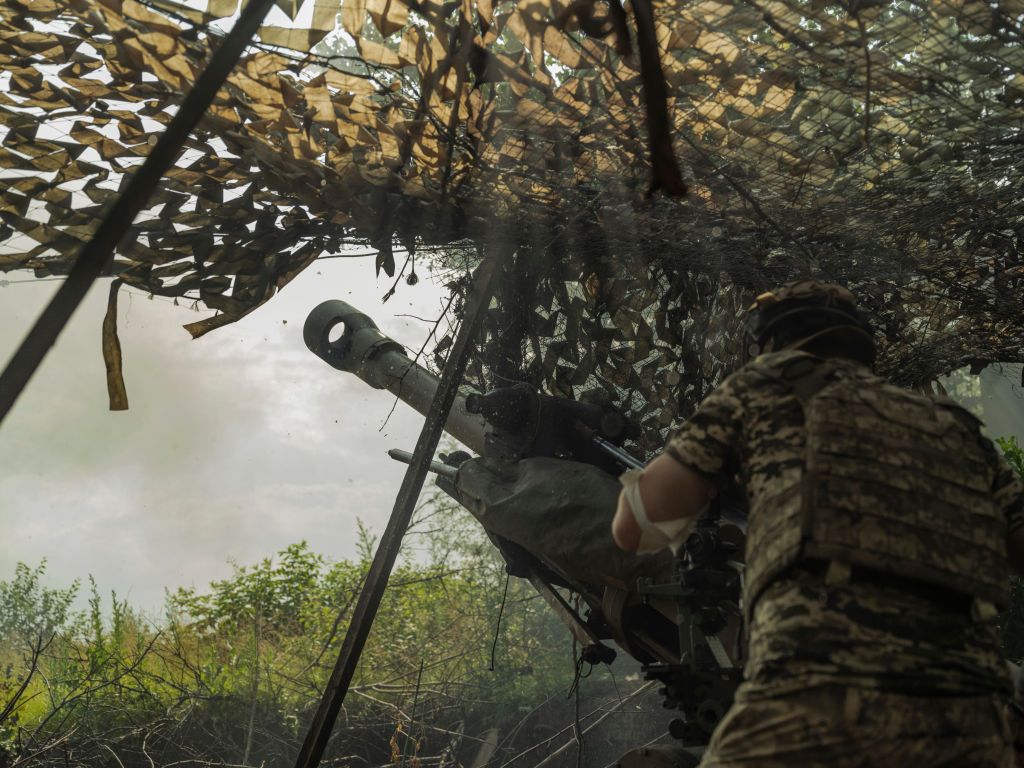
Most Popular
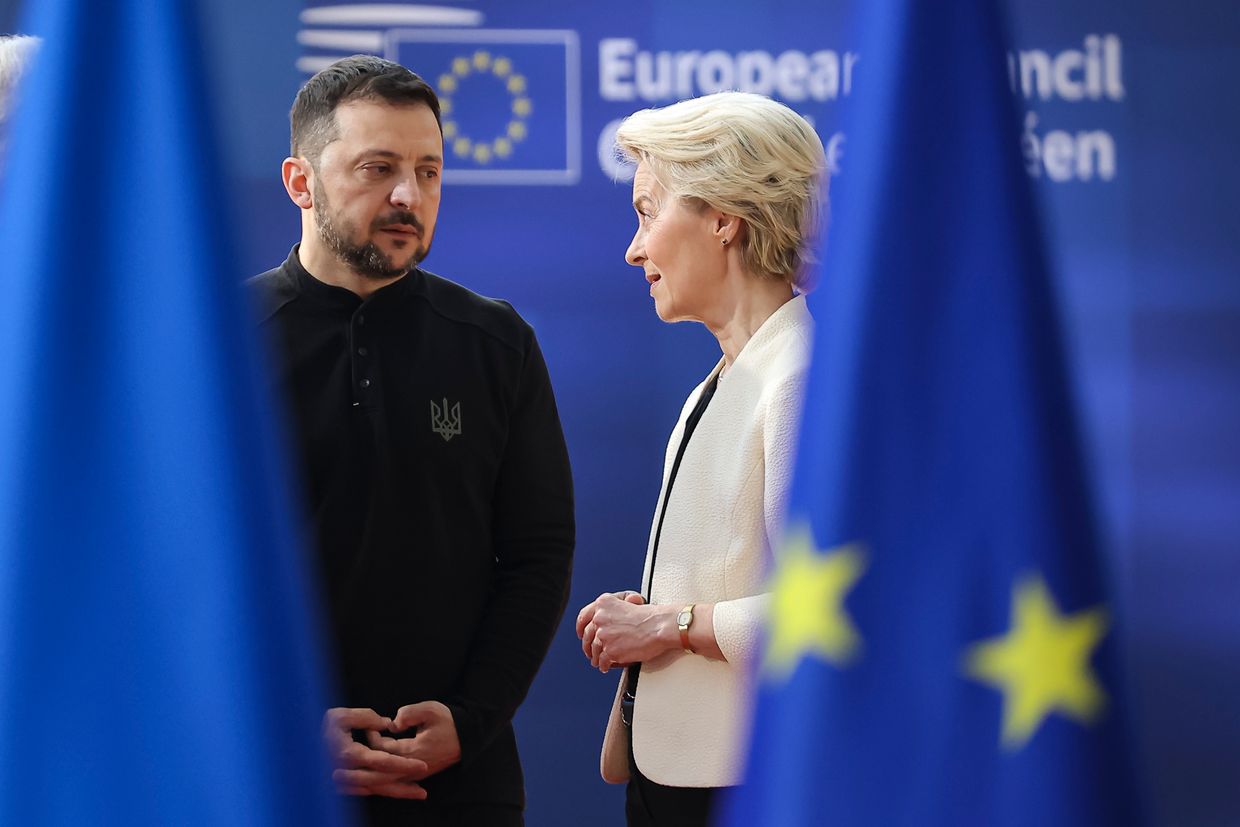
After 3 years of full-scale war in Ukraine, Europe announces plan to ban all Russian gas imports

Journalist Roshchyna's body missing organs after Russian captivity, investigation says
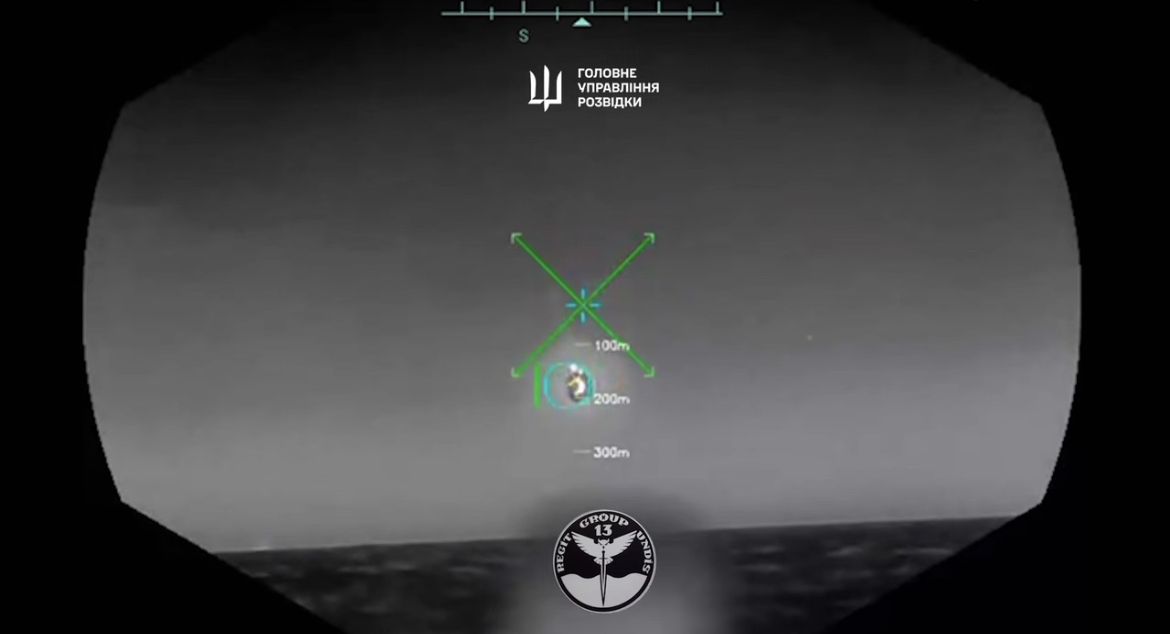
Ukrainian sea drone downs Russian fighter jet in 'world-first' strike, intelligence says
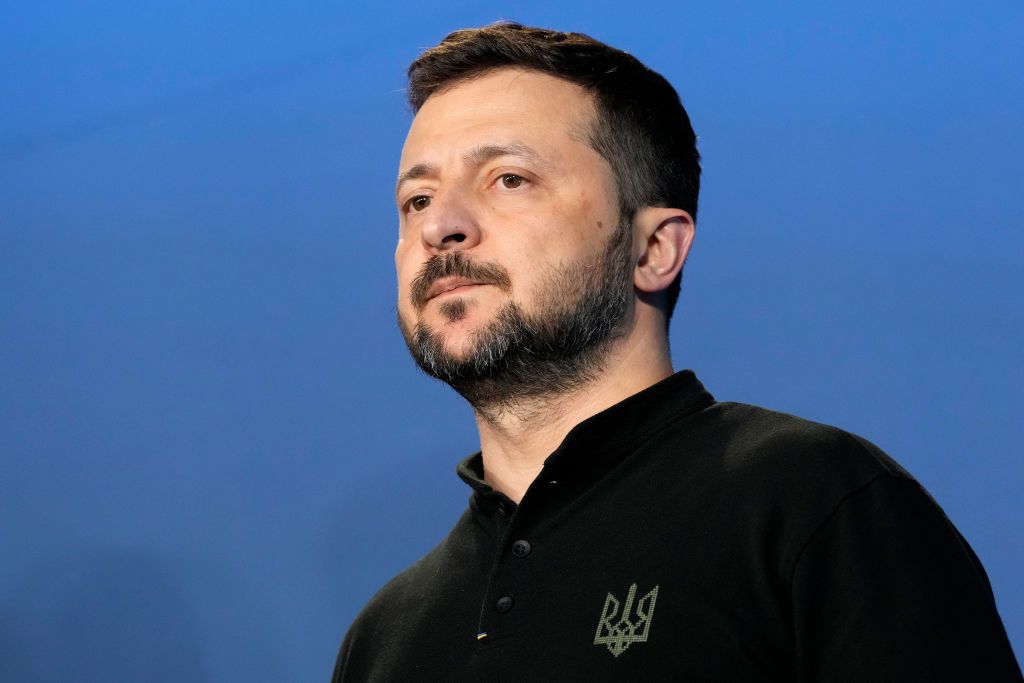
'Justice inevitably comes' — Zelensky on deaths of high-ranking Russian officials
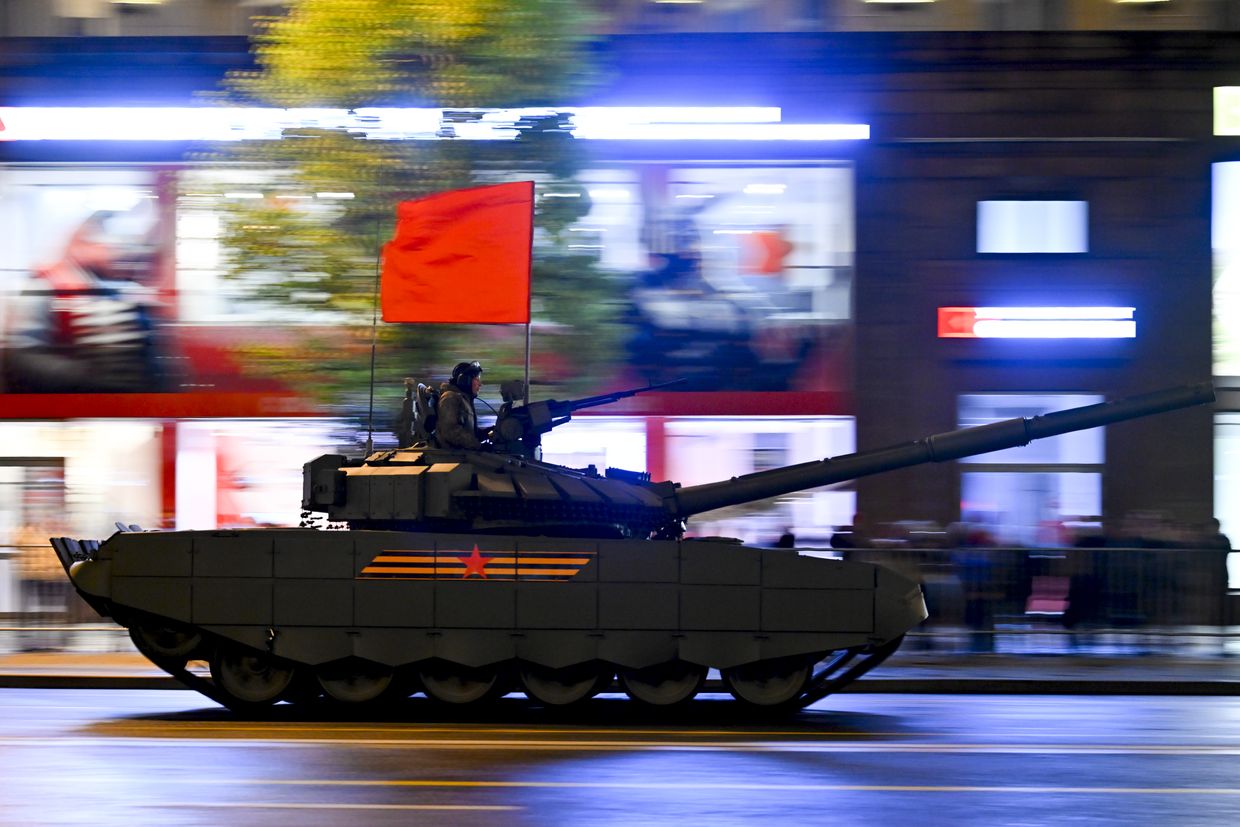
Kremlin says Russia ready for mass mobilization like in WWII 'at any moment'
Editors' Picks
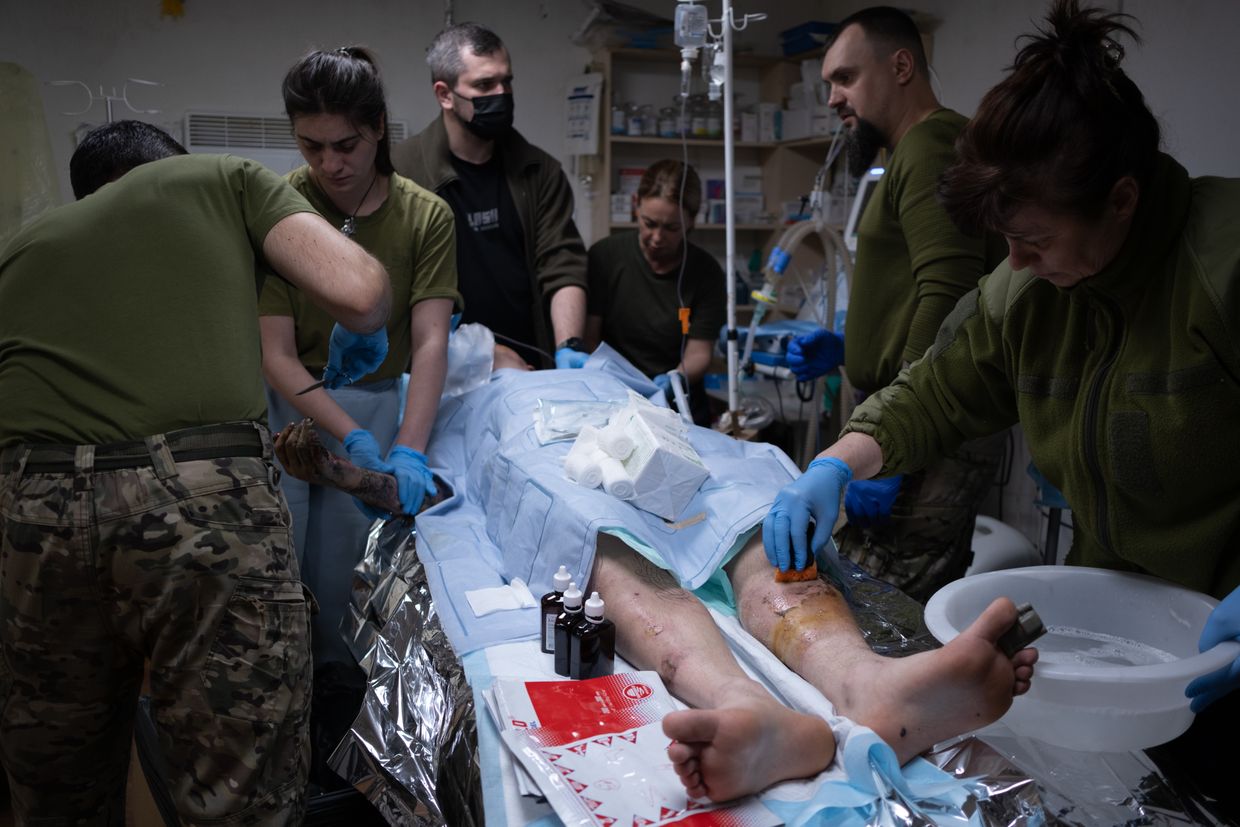
How medics of Ukraine’s 3rd Assault Brigade deal with horrors of drone warfare
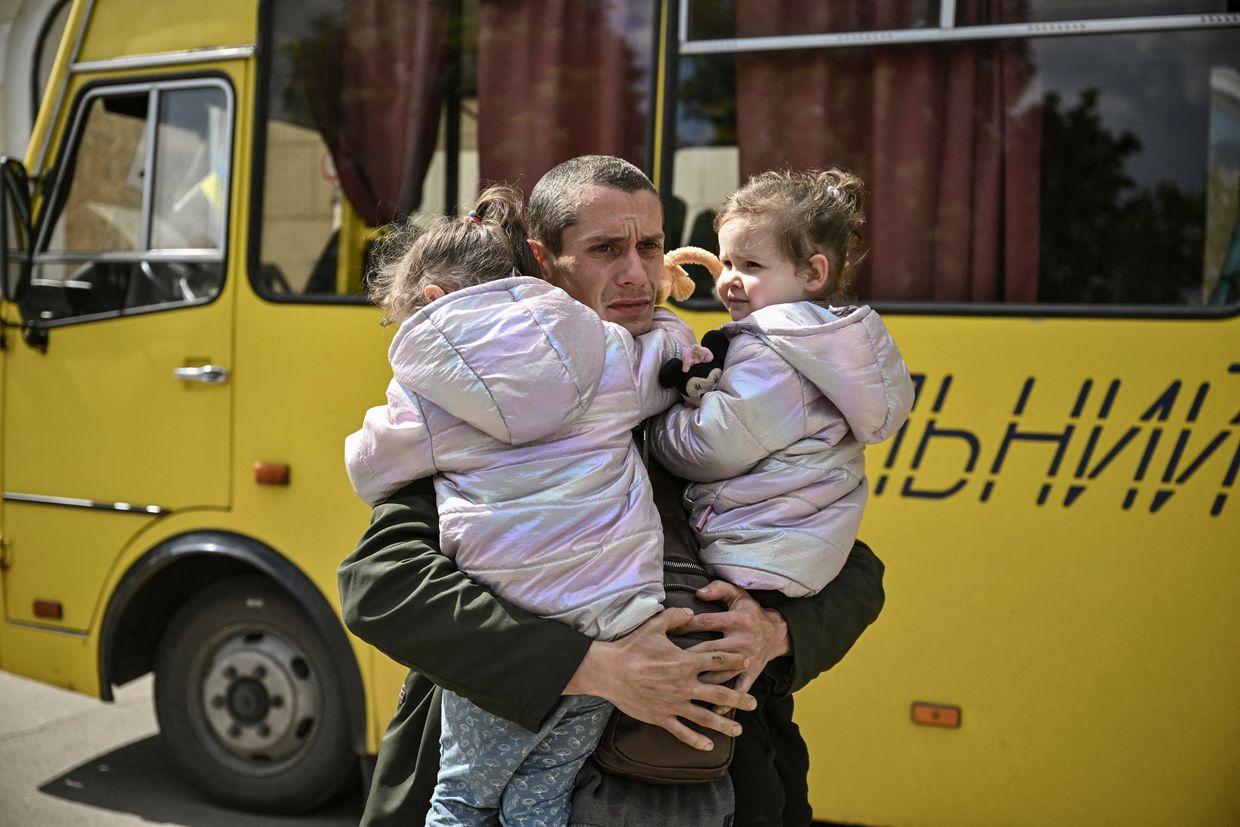
As Russia trains abducted children for war, Ukraine fights uphill battle to bring them home
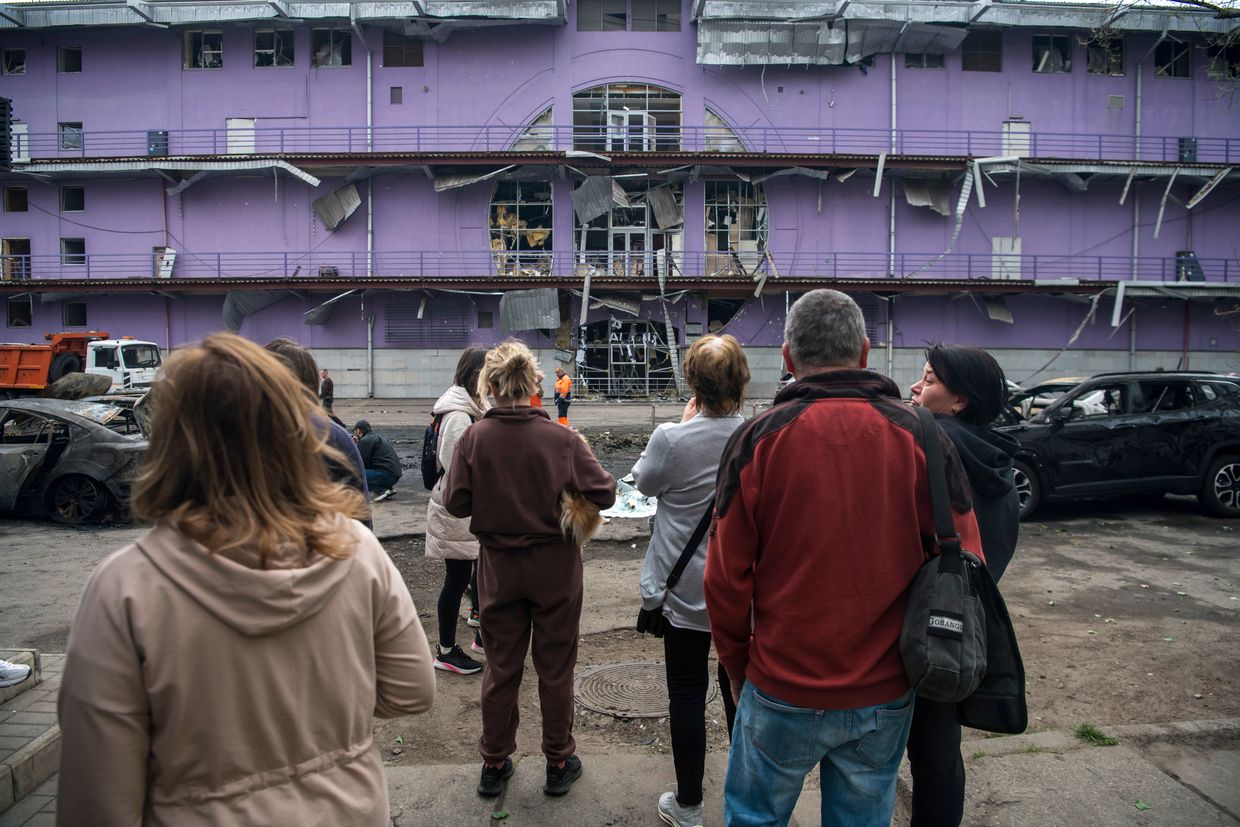
'I just hate the Russians' — Kyiv district recovers from drone strike as ceasefire remains elusive
